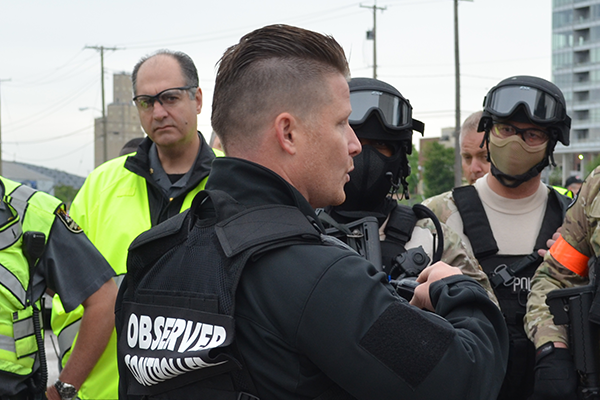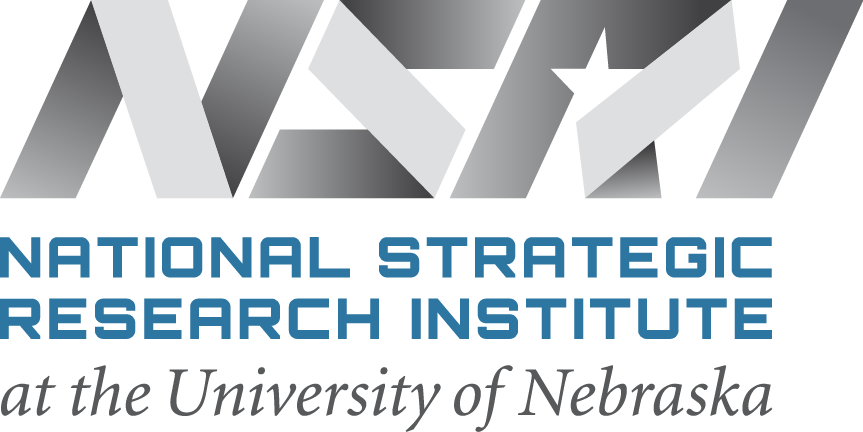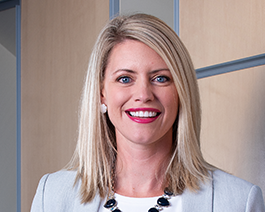
During one of our courses this year, I had the pleasure of meeting Nebraska State Trooper and U.S. Marine Corp Reservist Sam Mortensen.
Trooper Mortensen was honored at the White House by the President of the United States for discovering one of the country’s largest fentanyl seizures in 2018 — 118 pounds of fentanyl during a traffic stop.
After attending our class for the Missouri Civil Support Team, he asked us to put on our training for the Nebraska Hazardous Incident Response Team, which we conducted this fall for first responders this fall in the Kearney, Neb., area. Trooper Mortensen, summed up our courses with this: “The instructors were knowledgeable and engaged with real-world, relatable experiences. The course material gave an insight into a current problem and a way to respond to the emerging threat to public safety posed by the changes in fentanyl trafficking and trade.”
And to this I say, it has been an honor.
National Guard Civil Support Teams (CSTs), law enforcement and HAZMAT teams across the country bear tremendous responsibility in keeping this country safe.
CSTs identify chemical, biological, radiological, nuclear, or high-yield explosive weapons, assess consequences and advise civil authorities on response measures.
Special entry law enforcement teams clear sites while encountering unfamiliar activities such as clandestine production labs, packaging and staging areas and hostile occupants that are possibly infectious or contaminated.
HAZMAT teams provide initial site surveys and proper decontamination protocols for possibly exposed personnel. Through real-world scenarios our top-tier instructors provide authoritative insights in their areas of experience — chemical, biological, radiological, nuclear and explosive (CBRNE) — to improve skill knowledge of participants, identify process and protocol gaps and build confidence of the individuals under pressure to perform.
“I have been on the Civil Support Team for 12 years, and have taken tons of classes,” said a solider from the 7th Civil Support Team, “but NSRI is the only one that brought together a Ph.D. and a fireman to give multiple points of view. They presented in such a way that everyone was able to digest the material. I know more and I understand more than I did when I walked in. Fantastic instructor team and course.”
We traveled the country in 2019 to provide more than 12 courses ranging in size from 22 to 319 participants. In total, we had 4,000 participants this year — an 11% increase from last year.
We are taking this energy and momentum into 2020, and I hope to hear from researchers and customers interested in joining us.
View our available courses, and email Deputy Director Daniel Polanski to talk directly about how you would like to continue to level-up your skills or partner on research.

